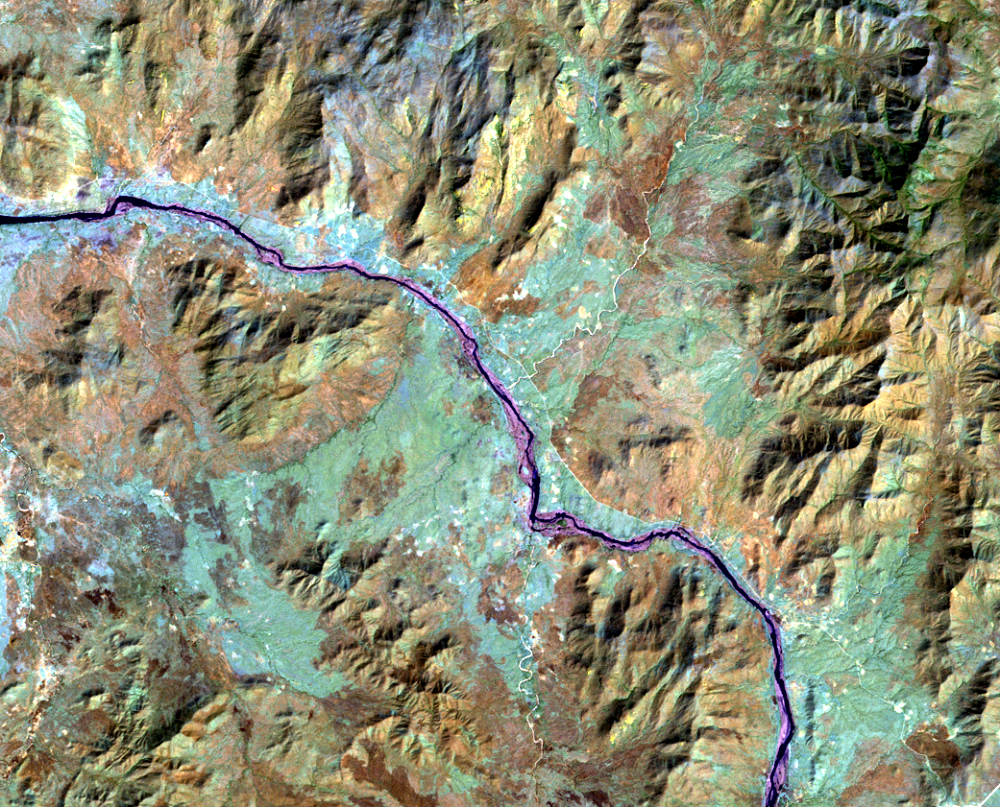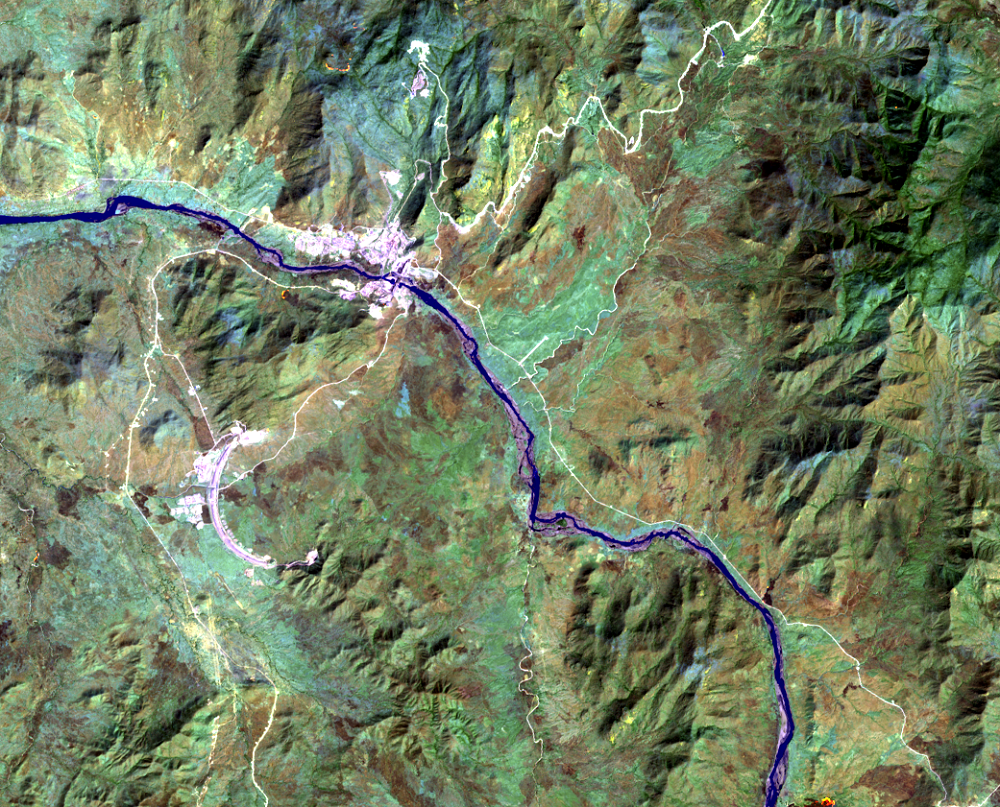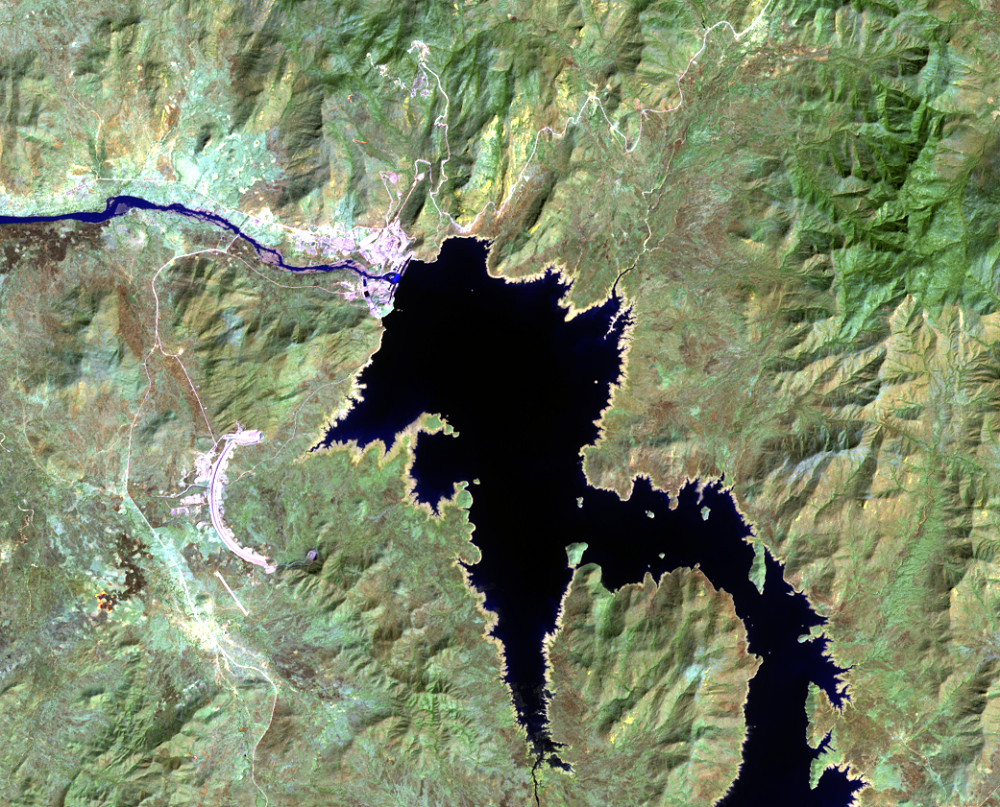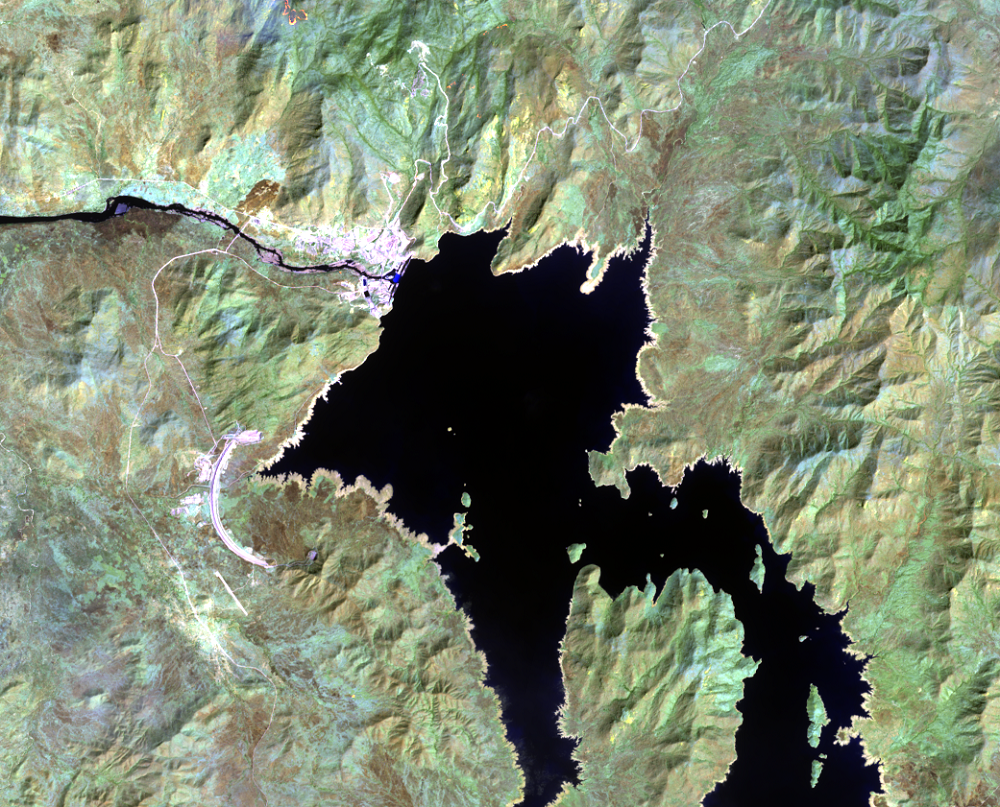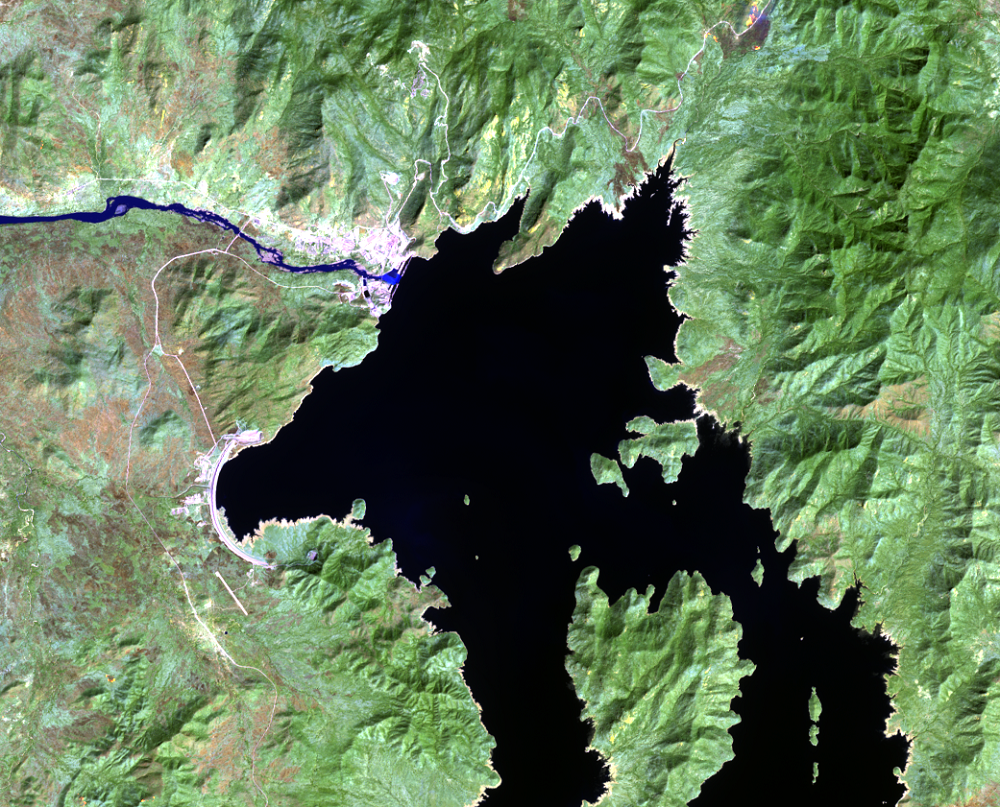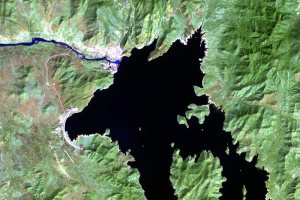
Power Generation
Earth Resources Observation and Science (EROS) Center - Earthshots
The main purpose of the GERD is power generation, and its 13 turbines are expected to produce about 16,000 GWh of electricity annually. That will double Ethiopia’s previous output of electricity and provide power to 60% of the country’s population.
Recent years have provided ample rainfall in the region to fill the reservoir. But what happens during a severe drought?
Even a gradual filling of the reservoir may lead to a reduction in water supply downstream, potentially affecting hydropower generation and irrigation. However, water stored in the GERD reservoir can mitigate the impacts of drought once it’s fully operational. Such water releases also generate more power.
Besides power generation, the GERD will help regulate seasonal flooding, preventing destructive floods during heavy rains. And the reservoir will provide a steady supply of irrigation water for the downstream countries of Sudan and Egypt.
Finding the right balance between power generation and water use downstream is the main challenge for the countries that rely on the Nile River system.

